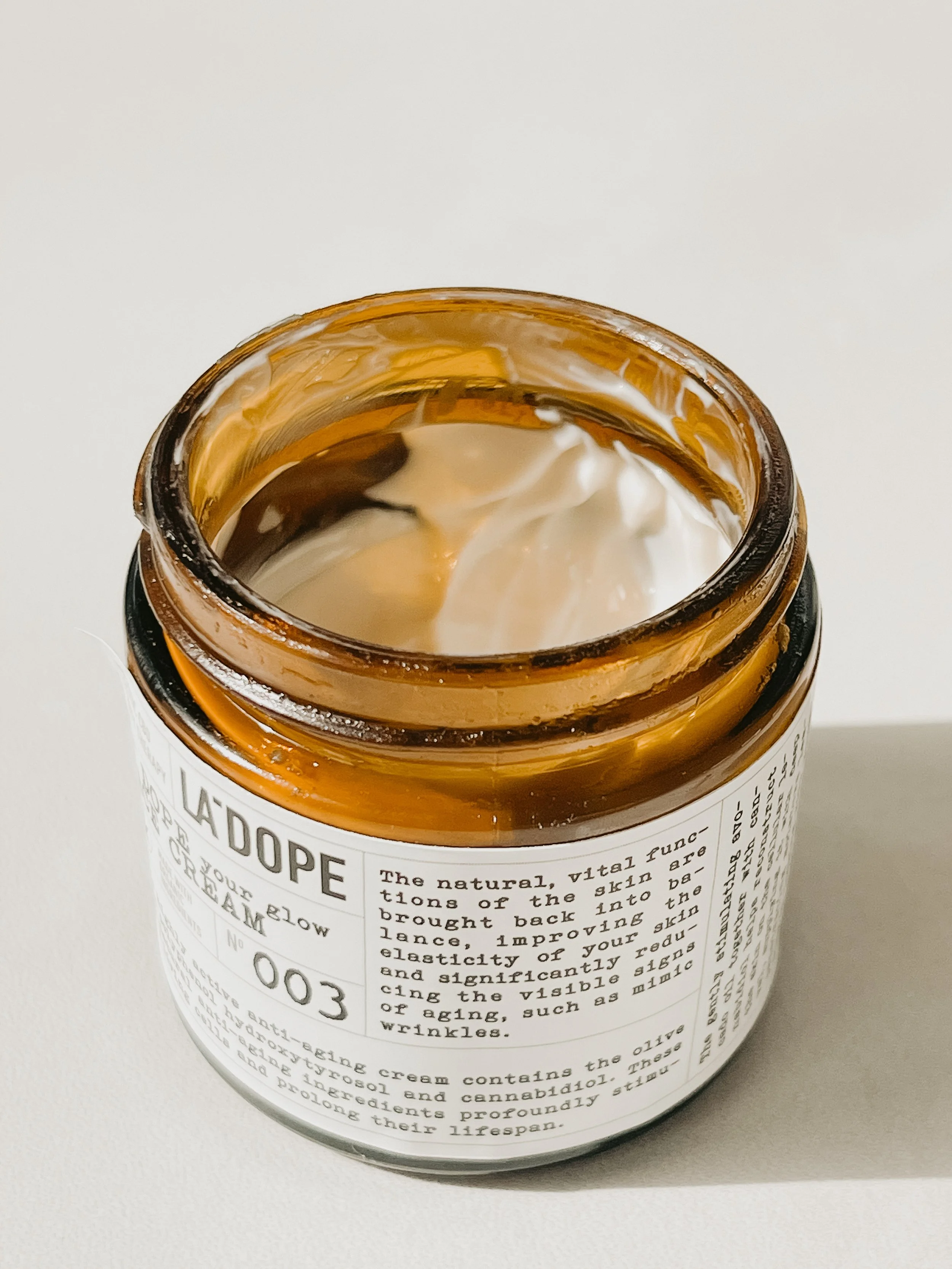Skin Barrier Repair: How to Protect Your Skin Microbiome + Best Products for Healing
When we think about skin health, most of us focus on products that make our skin look good — serums, creams, treatments. But beneath the surface lies a microscopic world that determines how resilient, hydrated, and youthful your skin actually is: the skin microbiome. If you’ve ever wondered how to repair a damaged skin barrier, the first step is understanding your skin microbiome.
What Is the Skin Microbiome?
The skin microbiome is a diverse community of microorganisms bacteria, fungi, viruses, and mites that live on the surface of your skin. Far from being “dirty,” these tiny residents are essential for skin health.
Scientists have identified over 1,000 bacterial species and 80+ fungal species living on human skin, each playing a role in maintaining your skin’s ecosystem.
Your microbiome:
Regulates skin immunity – Certain microbes communicate with immune cells to prevent unnecessary inflammation.
Prevents pathogen overgrowth – Healthy bacteria compete with harmful strains for resources and space.
Maintains skin barrier integrity – Microbes help regulate pH and lipid production, keeping the skin hydrated and protected.
What Causes Skin Barrier Damage?
Just like the gut microbiome, your skin’s microbial community is sensitive to environmental and lifestyle stressors:
Harsh Cleansing & Over-Exfoliation
Foaming cleansers with sulfates strip away natural oils and beneficial bacteria.
Frequent exfoliation (especially with strong acids or scrubs) can disrupt the delicate balance.
Overuse of Antibacterial Products
While helpful in certain cases, antibacterial soaps and sanitizers can wipe out good microbes as well as harmful ones.
Environmental Stressors
UV rays, pollution, and extreme weather can alter microbial diversity and weaken the skin barrier.
Poor Diet & Low Antioxidant Intake
The skin’s microbiome is linked to your gut health — diets low in antioxidants, healthy fats, and fiber can indirectly harm your skin barrier.
Signs Your Skin Barrier is Damaged
Your skin barrier is like a protective wall made of lipids, proteins, and a healthy microbiome that keeps moisture in and irritants out. When it’s damaged, your skin can’t function as it should.
Common Signs of a Compromised Skin Barrier:
Persistent Redness or Irritation – Skin looks flushed or feels inflamed even without using new products.
Dryness, Flakiness, or Rough Texture – Moisturizer doesn’t seem to absorb, and skin feels tight.
Increased Sensitivity – Products that never used to bother you now sting or burn.
Frequent Breakouts or Rashes – The imbalance allows harmful bacteria to thrive.
Itching or Burning Sensations – Signs of inflammation and a weakened defense system.
Sudden Worsening of Skin Conditions – Eczema, rosacea, or psoriasis may flare more easily.
If you notice several of these signs, it’s likely your skin barrier and microbiome are both under stress and repairing them requires gentle, microbiome-supportive care over weeks to months.
Why It Matters for Skin Aging and Sensitivity
When your skin microbiome is imbalanced, a state called dysbiosis, you may notice:
Increased redness, irritation, or breakouts
Skin feeling tight, dry, or inflamed
Worsening of eczema, rosacea, or psoriasis
Premature signs of aging due to chronic low-grade inflammation
If your microbiome is unhealthy, even the best serum won’t work as effectively.
Best Products to Heal and Protect the Skin Microbiome
Some of my favorites are linked below!
1. Go Gentle with Cleansing
Olive Tree People Dope your Glow Cleanser
Olive Tree People Purifying Cleansing Gel
Counter Beauty Clear Pore Cleanser
Olive Tree People Corrective Cleansing Oil
2. Flood Your Skin with Barrier-Friendly Moisture
Olive Tree People Regeneration Intense Face Cream
Olive Tree People Corrective Vegan Hyaluronic Serum
Olive Tree People Corrective Facial Tonic
3. Repair from the Inside Out
Olive Tree People I66 Collagen – Collagen peptides + hydroxytyrosol for barrier support and dermal repair.
Olive Tree People I70 Beauty Molecule – Low-molecular sodium hyaluronate for hydration that starts at the cellular level.
4. Protect Every Single Day
Use a mineral sunscreen (zinc oxide or titanium dioxide) to shield without stripping your microbiome.
Counter Dew Skin Tinted Moisturizer
Countersun Daily Sheer Defense for Face
Credo Beauty Solar Limits Hydrating Serum
Ilia Super Serum Skin Tint spf 40
Shaklee Age Defense Mineral Moisturizer
The Bottom Line on Skin Barrier
Your skin’s microbiome is more than just a wellness trend. It’s a living ecosystem that determines how your skin looks, feels, and ages. Protecting it requires a mix of gentle topical care, internal nutrition, and smart lifestyle habits.
Treat your skin microbiome like the delicate garden it is. Feed it, protect it, and avoid stripping it bare. Your skin will reward you with resilience, balance, and a healthy glow.


